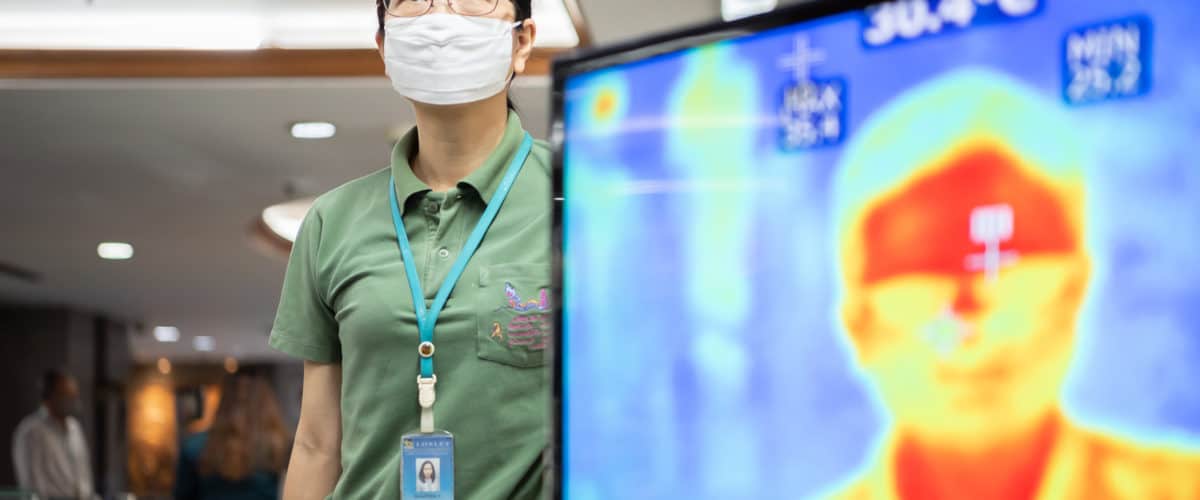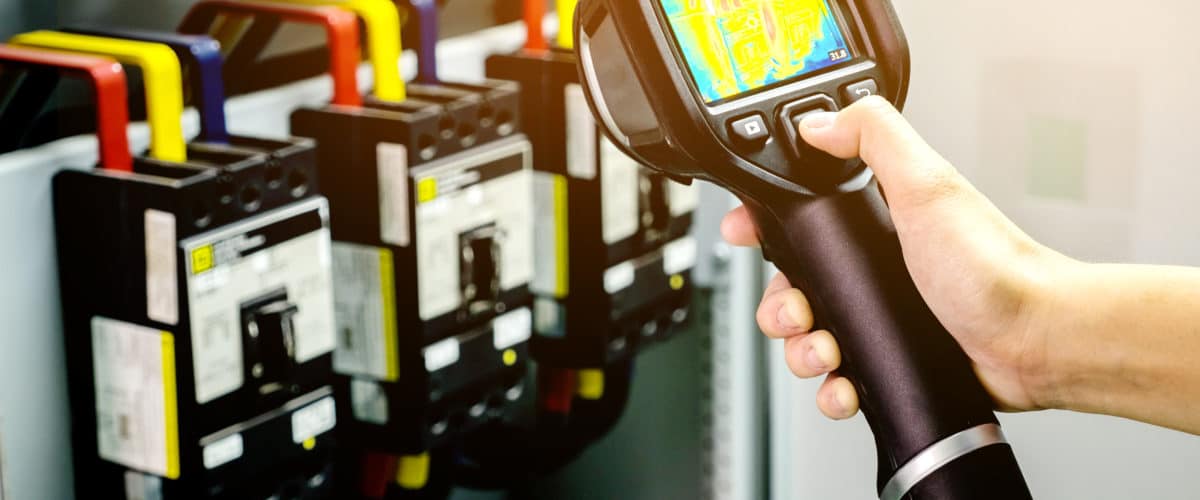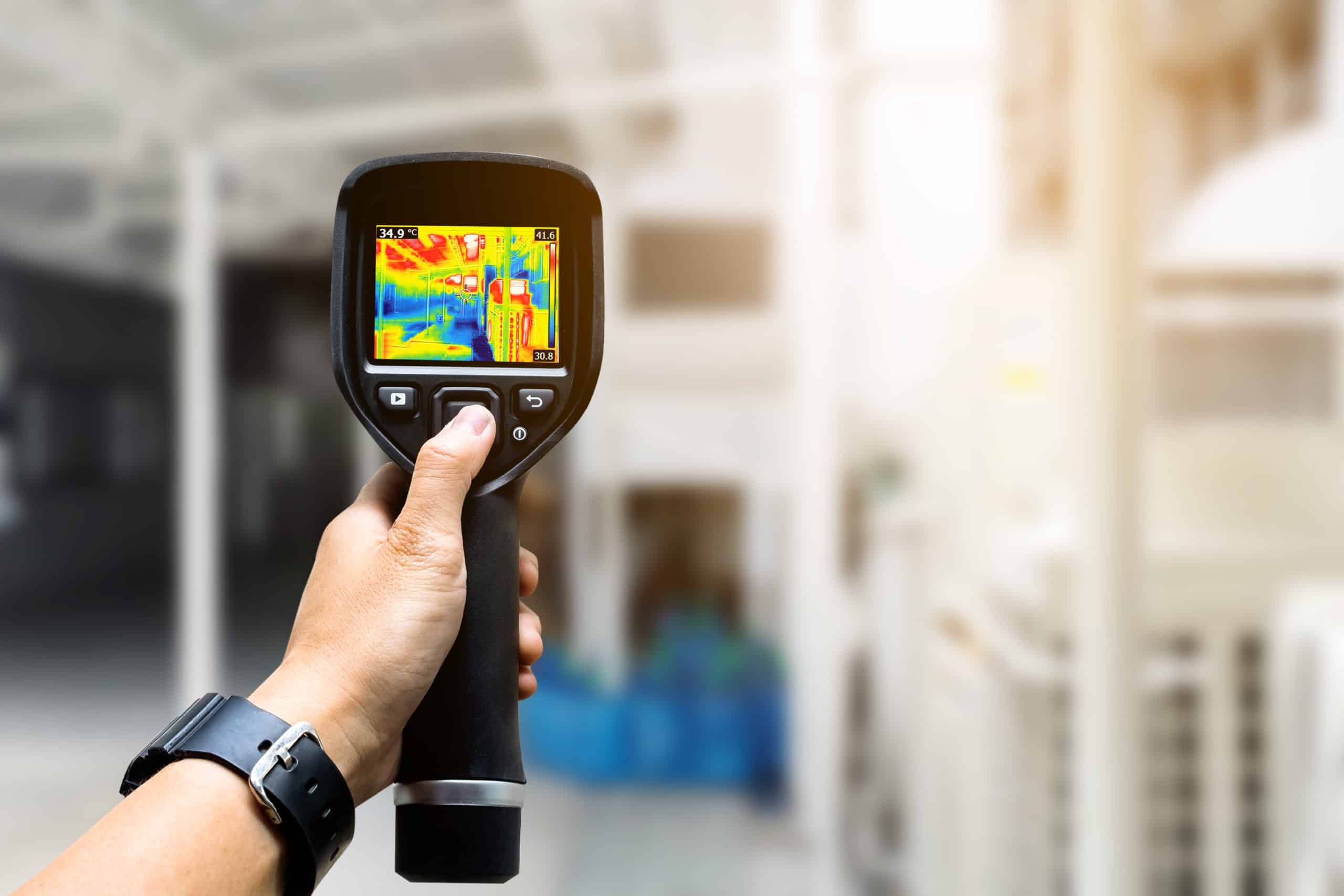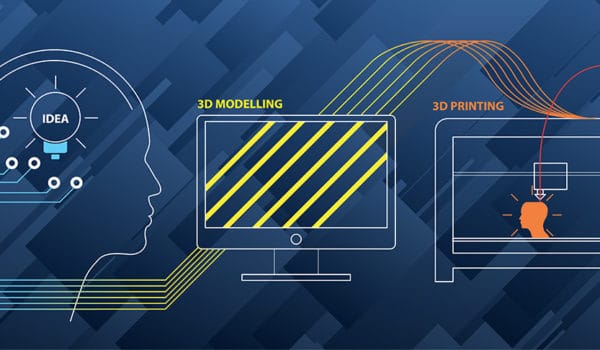Infrared photography is unlike anything we've ever seen before, and we mean that literally. This unusual and difficult type of photography entails capturing what our eyes cannot see using specialized camera equipment that can see and record light beyond the visible spectrum.
Infrared (IR) images are generally more difficult to appreciate than real-world photographs, but many modern infrared photographers find it to be a great way to create an entirely different effect in your photographs and capture dreamy, surreal landscape images. If you’ve never tried it and are learning about it for the first time, this article will help you understand how cameras capture IR images and provide stunning visual examples of them, so you’ll know what kind of photos you can expect to produce if you decide to give it a try.
Infrared Cameras Explained

Thermal imaging cameras, also known as infrared (IR) cameras, are not like the cameras in your smartphone. A typical camera observes visible light wavelengths that bounce off objects and hit receivers in the camera. The light will then be converted into an image by the camera.
Thermal cameras, on the other hand, disregard visible light in favor of something called infrared. IR radiation is low-frequency electromagnetic radiation that is perceived as heat. This is because it excites molecules, causing them to move and vibrate and thus raising the temperature.
IR wavelengths exist outside of the visible spectrum. In simple terms, they are a type of radiation that extends beyond red light. The discovery was made in 1800 by astronomer Sir William Herschel, who was working on a filter to reduce the glare of the sun when observing it through a telescope at the time. His primary goal was to be able to observe and study the sun through a telescope. Even after only a few seconds of exposure, without adequate filters, severe eye damage was possible. In the experiment, he used a red filter, which seemed to produce a lot of heat. To determine how much, he passed sunlight through a prism while holding a thermometer near the red end of the visible spectrum. He noticed that the thermometer registered a temperature in the visible spectrum that was higher than the ambient air, and he concluded that there was another type of light that could not be seen with the naked eye. Herschel dubbed his discovery the ‘thermometrical spectrum’, but it was also known as ‘the invisible rays’ and ‘dark heat’ at times. It wasn’t until the early 1900s that the term ‘infrared’ was coined.
Further advancements occurred in 1840 when the first thermal images were printed on paper. Herschel referred to this as a thermograph. Following that was the bolometer. The bolometer, invented by an American astronomer and physicist Samuel Langley, is a precision instrument that can accurately measure IR radiation down to 1/100,000 of a degree over long distances. This discovery established the foundation for modern thermal imaging.
IR Today

Today, almost every industry is leveraging new and exciting digital technologies, such as artificial intelligence (AI), to automate processes, drive new efficiencies, and reduce costs across the organization. Combining thermal imaging technology with AI detection allows automobile manufacturers and logistics companies to increase driver safety and efficiency, reduce costs, and lower liability, resulting in cost-efficiencies that send value straight to the bottom line.
Some of the most common applications of infrared cameras include:
Locating wires: Thermal imaging can be used to assess various cables and connections hidden behind walls. Engineers can conduct maintenance and detect faults by detecting active wires.
Security: Thermal imaging can be used by police officers and law enforcement to locate criminals in adverse weather, darkness, or obscured environments such as woodlands.
Health examinations: Thermal imaging is used by veterinarians on the joints of animals to detect hot spots caused by autoimmune conditions such as arthritis without the need for surgery.
Detecting heat loss: During building surveys, thermal imaging can be a useful tool for locating cold spots and moisture. This can also be used to assess the overall structural integrity of the building.
Firefighting: Thermal imaging can help firefighters detect hotspots in a burning building and decide on the best course of action. It’s also useful for locating people who have become engulfed in smoke.
Other Uses of IR Camera
Heat loss to the surrounding environment is proportional to the inside temperature. Because radiant losses easily exceed convective and conductive losses at higher temperatures, heat loss increases nonlinearly with temperature. The refractory block installed inside a kiln, boiler, or furnace, for example, is designed to reduce heat loss to the environment. Any refractory defects can be quickly identified using thermography. A blast furnace, with its massive amount of refractory, is another application for the technology. Thermography is also used to inspect concrete bridge decks and other paved surfaces. The flaws at issue are voids and delamination in and between the various layers of paving materials. The air or water contained within the pavement slab’s interlaminar spaces influences its overall thermal conductivity. These flaws can be detected by the IR imager. When a bridge or storage tank has been repainted several times during its service life, the painted surfaces become multilayer composites. The possibility of hidden rust, blistering, cracking, and other delamination defects between adjacent paint layers make objective visual inspection difficult here, as well. Transient thermography, a technique, restores objectivity to the evaluation of a potentially costly repainting project.
Photo: Joyseulay/Shutterstock
You might also like:
Support us!
All your donations will be used to pay the magazine’s journalists and to support the ongoing costs of maintaining the site.
Share this post
Interested in co-operating with us?
We are open to co-operation from writers and businesses alike. You can reach us on our email at [email protected]/[email protected] and we will get back to you as quick as we can.










